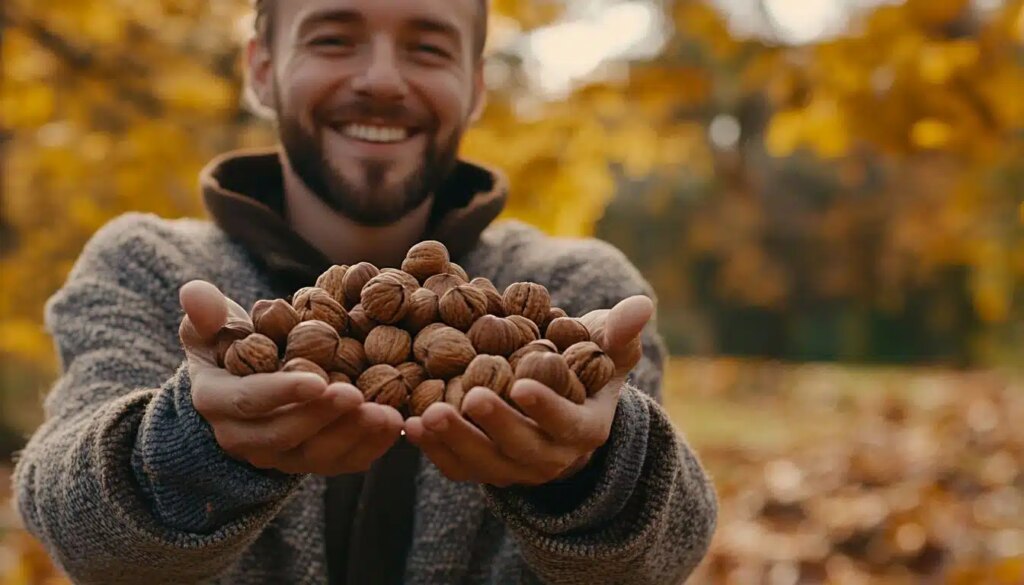The favedelicious and nutritious, represent a spring vegetable that every gardening enthusiast should have in theirs vegetable garden. However, planting the seeds is not enough to guarantee a lush and satisfying harvest.
Find out how to take care of your broad bean plants with practical advice, from sowing to harvesting, to ensure you obtain healthy and abundant plants.
Are you ready to transform your garden into a paradise of goodness? Read on!
Irrigation and Soil Moisture
One of the fundamental steps for successful growth of broad beans isirrigation. Your newly planted seeds will need a regime of regular wateringespecially in early times and during the flowering.
Maintain your ground at all times humidbut avoid theexcess of water which could cause disease. To reduce the number of waterings, you may consider mulch the soil.
Aeration and Land Cleaning Interventions
Aerating and cleaning the soil is vitally important. The hoeing of the soil surface promotes water penetration and air, essential for the radical development of the beans.
This process also involves the elimination of weedswhich compete with your plants for nutrients e luce. Use appropriate tools such as a binetta o one circulator to remove excess soil.
Throwing away broad beans
When yours stems of broad beans reach 15-20 cm in height, it’s time to make the so-called throwing away.
This process consists of cover the base of the plants with soil for about 10 cm, an action that helps maintain heat and humidity, as well as stabilize the most fragile plants.
Support and Tizze
Don’t forget to hold up your plants as they grow. The fave they can reach a height of up to 1 meter, therefore the use of trellises, trellises or cords becomes indispensable.
This will protect them from strong winds and by the weight of the new drops forming.
Pin the stems
Another important technique is the pinch the stems during the period of flowering. This will allow the lymph to concentrate on dropsmaking your own legumes meatier.
Protection from Black Puceroni
Don’t underestimate the aphid blacks that can infest your plants in spring. There are several natural solutionssuch as the use of a water jet to physically remove them, or the introduction of auxiliary insects such as the larvae of ladybugs and hoverflies.
Even one soap-based spray black can prove effective.
Leaving Roots in the Ground
After harvesting, let the bean roots remain in the ground for decompose naturally. These roots are rich in lumps that stare of nitrogenturning into an excellent one fertilizer for future crops.
Find out more about how to take advantage of this natural advantage in your November garden.







